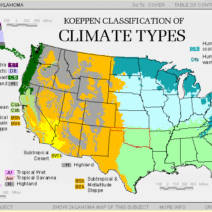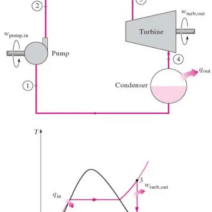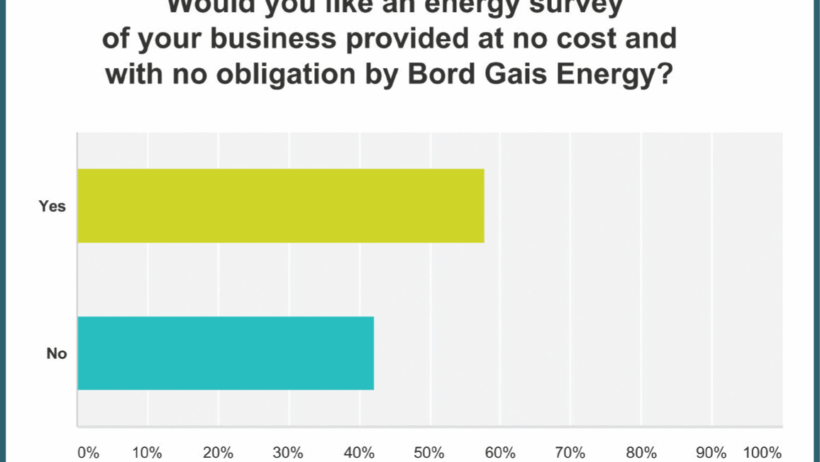The question of whether Americans conserve energy is intricate and layered, encompassing a range of factors from personal habits to societal values. Considering the increasing importance of energy conservation in combating climate change and fostering sustainability, understanding the attitudes and behaviors of Americans toward energy usage is critical. This discussion delves into various insights gathered from surveys exploring energy conservation practices, shedding light on trends, obstacles, and motivations.
For many Americans, the practice of energy conservation has become both a moral obligation and an economic necessity. In recent years, heightened awareness of climate change has galvanized a substantial segment of the populace. Surveys indicate that a significant majority recognize the impact of energy consumption on the environment. This acknowledgment often translates into action, with many adopting energy-saving practices in their homes, such as using energy-efficient appliances, implementing smart home technologies, and being vigilant about their usage patterns.
Despite this commendable progress, a dichotomy emerges when evaluating the broader landscape of energy conservation. While a notable contingent embraces eco-friendly initiatives, others may exhibit a tendency to prioritize convenience and comfort over energy savings. This dissonance highlights underlying societal attitudes toward environmental stewardship. For many, the immediate benefits of energy conservation might not be as apparent as the convenience of traditional energy usage, leading to ambivalence.
Demographics play a pivotal role in shaping energy conservation behaviors. Several surveys illustrate that younger generations, particularly Millennials and Gen Z, tend to exhibit a stronger commitment to sustainability compared to their predecessors. Attuned to the realities of climate change and its implications, these younger Americans are more likely to support policies that promote energy conservation and to engage in sustainable practices themselves. Conversely, older generations may have different priorities, often rooted in long-established habits and a sense of inertia against changing their energy consumption patterns.
Regional differences also emerge in the analysis of energy conservation practices. Areas with stricter regulations on emissions and incentives for renewable energy, such as California, often see higher rates of energy-saving measures compared to states with abundant natural resources, like Texas. These variations can be ascribed to differing political climates and cultural values. In regions where environmental concerns are prioritized, individuals are more likely to have access to resources and networks that facilitate energy conservation. This disparity underscores the importance of localized strategies in promoting energy-saving behaviors across diverse communities.
Institutional frameworks also play a significant role. The impact of government incentives, energy policies, and educational initiatives cannot be overstated. Many surveys reveal that those exposed to energy conservation programs are significantly more likely to adopt practices that reduce their energy footprint. However, there exists a gap in awareness of available programs and services. Individuals may express a willingness to conserve energy but lack the knowledge or resources to implement effective measures within their own homes.
In understanding the motivations behind energy conservation, it is crucial to consider not only environmental impact but also economic factors. Many Americans grappling with fluctuating energy prices are acutely aware of the potential financial savings associated with energy efficiency. From LED lighting to improved insulation, the long-term cost savings can be a compelling motivator. Moreover, the rise of the “smart home” has empowered individuals to monitor and manage their energy usage more effectively, creating a sense of control that resonates with many users.
Peer influence and social norms also shape attitudes toward energy conservation. Research suggests that individuals are more likely to engage in energy-saving behaviors if they perceive that their neighbors or peers are doing the same. This phenomenon indicates the potential of community-based initiatives in fostering collective action. Programs that encourage participation and collaboration can amplify the impact of individual efforts, transforming personal conservation into a shared endeavor.
Conversely, barriers to energy conservation remain pervasive. One significant hurdle is the misconception that energy efficiency requires a substantial upfront investment. Many potential users believe that acquiring energy-efficient appliances or implementing home upgrades is financially prohibitive. Education and outreach are essential to dismantle these misconceptions, demonstrating that many conservation measures are cost-effective and accessible.
Another obstacle is the perceived inconvenience associated with adopting energy-saving practices. For example, simple actions such as reducing thermostat settings or being mindful of appliance use often require a shift in daily routines. This inertia can frustrate efforts towards widespread energy conservation, as individuals weigh the hassle against perceived long-term benefits.
In summary, the question of whether Americans conserve energy is multifaceted, reflecting a range of attitudes, behaviors, and external influences. Trends indicate a growing awareness of the importance of energy conservation, driven in large part by younger generations and economic motivations. However, systemic barriers and generational differences continue to complicate the landscape. For effective change, it is clear that a holistic approach is required, integrating policy reform, community engagement, and education to foster a culture of energy conservation. Ultimately, motivating individuals to adopt sustainable practices is not merely about reducing energy consumption but rather cultivating a shared sense of responsibility for our planet’s future.







